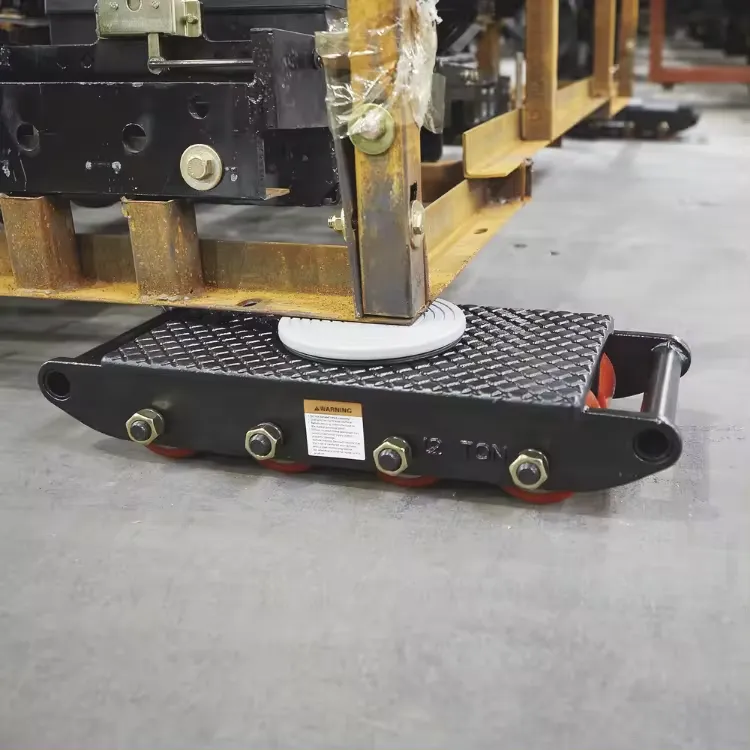Exploring the Applications and Benefits of Overhead Gantry Systems in Modern Industries
Understanding Overhead Gantries Their Importance and Applications
Overhead gantries are critical structural frameworks used across various industries for the efficient handling and movement of goods. Typically composed of a system of beams and supports that span across a designated area, these gantries play a pivotal role in enhancing productivity and safety within manufacturing and logistical operations. Understanding the function, design, and applications of overhead gantries can provide insight into their significance in modern industrial environments.
What is an Overhead Gantry?
An overhead gantry can be defined as a type of crane that operates from a fixed overhead structure. It consists of a bridge-type framework that travels along two parallel runways while supported by a main girder or beams. The gantry system often includes hooks, hoists, or other lifting devices to facilitate the movement of heavy items, machinery, or materials. This mechanism allows for vertical and horizontal movement, streamlining processes that involve lifting and transporting products.
Design and Structure
The design of an overhead gantry is tailored to meet specific load capacities and operational requirements. Common materials used in construction include steel and aluminum, chosen for their strength and durability. The gantry must be engineered carefully to ensure stability and safety, taking into account factors such as the maximum weight to be lifted, the height of the operation, and environmental conditions like wind or seismic activity.
Moreover, modern technology has influenced the design of overhead gantries, incorporating features such as automated control systems, sensors for load balance, and enhanced safety mechanisms. These advancements not only improve operational efficiency but also reduce the risk of accidents in the workplace.
overhead gantry

Applications Across Industries
Overhead gantries are ubiquitous in various sectors, including manufacturing, construction, warehousing, and shipping. In manufacturing, they are essential for moving heavy raw materials and finished products across production lines. In construction, overhead gantries facilitate the transport of construction materials, tools, and equipment, often reaching areas that conventional forklifts cannot access.
In warehouses, these systems optimize space by allowing for high-density storage solutions. Products can be stored at various heights, with overhead gantries enabling quick retrieval and distribution processes. In shipping ports, gantries are used to load and unload containers, significantly speeding up cargo handling and improving turnaround times for ships.
Safety Considerations
Despite their benefits, the use of overhead gantries also comes with inherent risks. Proper training for operators is essential to ensure safe handling of heavy loads. Regular maintenance and inspections are crucial to prevent malfunctions that could lead to accidents. Additionally, implementing robust safety protocols can help mitigate risks associated with lifting operations.
Conclusion
In conclusion, overhead gantries are invaluable assets in a wide range of industries, enhancing efficiency and safety in material handling processes. Their sophisticated design allows for the seamless movement of heavy goods, contributing to improved productivity in manufacturing, construction, and logistics. As technology continues to evolve, the future of overhead gantries looks promising, with advancements likely to lead to even safer and more efficient systems. Understanding the role and functionality of these structures is essential for anyone involved in industrial operations, as they form the backbone of modern material handling solutions.
-
4000 lb Gantry Crane | Adjustable, Heavy-Duty Lifting SolutionsNewsAug.31,2025
-
Portable 2000 lb Gantry Crane | Heavy-Duty & AdjustableNewsAug.30,2025
-
Versatile Lifting Solutions with Gantry and Overhead CranesNewsAug.29,2025
-
The Versatile Mobile Gantry Crane SolutionNewsAug.29,2025
-
Reliable Movement with Heavy Machinery Skates and RollersNewsAug.29,2025
-
Reliable Lifting Performance with 2000 lb Gantry Crane and 2 Ton Overhead SystemsNewsAug.29,2025
-
Maximize Lifting Efficiency with PML Magnetic LiftersNewsAug.29,2025
